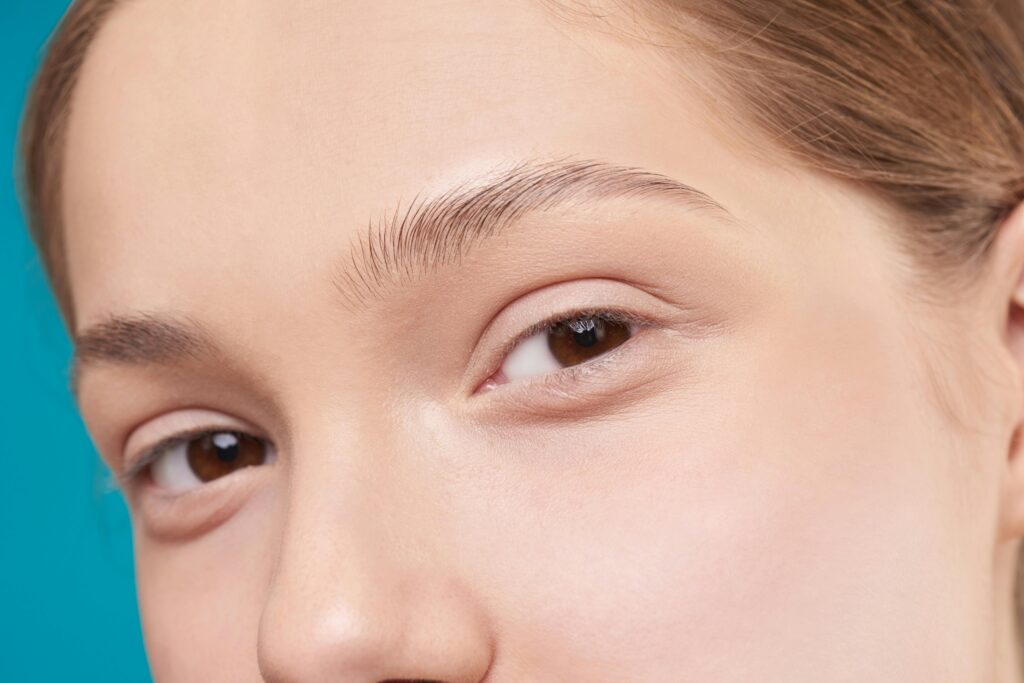
Creating skincare that works is only half the battle in the DTC landscape. The other half is helping customers understand what goes into their jars and why those ingredients matter. Ingredient education isn’t just a nice-to-have anymore. For today’s well-informed beauty consumers, it is an expectation, especially across platforms like Instagram, TikTok, and YouTube where millions seek transparent education about what they are putting on their skin.
Your product education team plays a key role in unlocking this trust. By using well-crafted content that meets consumers where they are, your brand doesn’t just build knowledge — it builds loyalty. And Social Strudel helps you build that content at scale while collaborating with creators who love your products just as much as your science teams do.
Why Build an Ingredient Education Series?
An ingredient education series grounds your entire product line with a sense of transparency and legitimacy. It humanizes your brand by showing that you care about what goes into the formula — and how it interacts with different skin types.
Here are specific ways it helps your brand grow:
- Builds Brand Authority: Serving myth-busting facts in digestible formats sends a clear message: you’re the voice of authority on your own products. This pays off long-term across search results, YouTube comments, and TikTok duets alike.
- Boosts SEO: Ingredient terms like “niacinamide,” “ceramides,” and “squalane” have massive search volume in both Google and social platforms. Educational content helps ensure you show up when users are actively seeking answers.
- Fortifies Conversion Rates: The more a customer understands about what goes into your product, the more confident they feel making a purchase — or recommending it.
- Powers Creator Collab Content: Co-creating content with credible skincare ambassadors lets you scale ingredient education while building authentic third-party validation that drives reach and results.
What You Should Include in an Ingredient Education Series
Not all ingredient content is created equal. Here’s how to plan a balanced and engaging series that informs, entertains, and converts.
1. Myth-Busting Social Posts
Some customers heard hyaluronic acid dehydrates the skin. Others read that retinol thins it. Enter: your myth-busting content. These short-form assets play incredibly well across TikTok, Instagram Reels, and Facebook. They’re prime content for creators on Social Strudel to remake or respond to with their perspectives, increasing your brand’s visibility and trustworthiness.
Example topics:
- “Vitamin C oxidizes faster in light — true or false?”
- “Is fragrance always bad? Here’s what dermatologists say.”
- “What happens if you mix AHAs and retinol?”
These posts spark interest, encourage engagement, and position your brand as a source of truth in the loud world of skincare advice.
2. Lab Notes in Plain Language
Your customers may not have a chemistry degree. But that doesn’t mean they aren’t hungry to understand what makes your formulations special.
Lab Notes are fantastic pieces to post as carousels on LinkedIn, detailed Instagram captions, or educational TikTok voiceovers. Translate formulation science into accessible, benefit-driven copy like:
- “Why we use C12-15 Alkyl Benzoate and what it does in your moisturizer.”
- “Flash absorption 101: How your serum vanishes into skin without losing hydration.”
- “Behind the pH: How we balance exfoliating acids for sensitive skin.”
This type of deep insight lets your skincare brand walk the talk scientifically, which can differentiate your positioning in a very competitive DTC space.
3. Formulation Demo Clips
Skincare isn’t just about results. It is about texture, absorption, and experience. Short-form video clips showing swirling formula blends, spreading textures, or emulsifier activations trigger engagement and admiration across visual-first platforms like Instagram Reels, TikTok, and YouTube Shorts.
Even better — these are assets your creator partners can recreate at home using your product selections. Social Strudel makes it easy to source skincare creators who specialize in educational content and can highlight unique aspects of formulation in their own way.
4. Patch Test How-Tos
All education isn’t about what’s in the formula — it’s also about how to use it effectively and safely.
Creating a patch test guide not only builds trust but shows you care about skin health beyond just glowing reviews. This content works perfectly as an evergreen YouTube explainer, a Facebook saved post, or a static infographic on Pinterest.
Topics to explore:
- “How to patch test a new exfoliant without irritation”
- “What to do if your skin reacts — and what not to mix”
- “Where should you test retinol vs. AHAs?”
You can even include a printable guide or sticker to send with first-time orders. Coupled with educational posts, this adds a tactile brand experience that reminds customers they’re in good hands.
5. Ongoing Site and FAQ Updates
Your product education team shouldn’t stop at social. Add ingredient deep-dives and usage guides directly to your site’s product pages and FAQ sections. These updates help boost organic search positioning while serving customers real value during the decision-making phase.
Consider adding:
- “This ingredient works well with…” modules under each product
- Glossary of common actives and what they target
- Embedded creator videos sourced through your ambassador program (with Social Strudel)
How to Integrate Product Education With Social Strudel
Here’s where the workflow wins.
Social Strudel helps skincare brands move from content chaos into coordinated success. Our all-in-one platform connects DTC skincare brands with verified, vetted creators who specialize in educational content. That includes licensed estheticians, skincare scientists on TikTok, and everyday customers who share their skin transformation stories.
By integrating across 10 platforms — including Instagram, TikTok, YouTube, Pinterest, Facebook, LinkedIn, and Twitter — your product education series doesn’t live in a silo. It lives as a multichannel experience, powered by your people and your best ambassadors.
Your Education Use Case on Social Strudel Might Look Like This:
- Invite creators to try new hero formulas in sample boxes
- Provide Lab Notes as briefs so creators can explain ingredients in simple form
- Create co-branded myth-busting snippets where ambassadors “react” to your explainer video
- Distribute patch test tutorials and encourage creator responses with #learnwith[Brand]
- Source Instagram Stories quotes from trained creators about favorite actives
Because Social Strudel also rewards it’s community, you’ll improve engagement over time while rewarding:
- Creators with product stipends, early access, spotlight opportunities, and training
- Internal product education teams with shoutouts, training stipends, and cross-department collaborations
Why Education Belongs in Your DTC Skincare Strategy
Today’s customers want more than dewy skin — they want to know what’s causing that dew in the first place. Your product education team is instrumental in building clarity, trust, and long-term loyalty.
Skincare content works best when it’s accurate, relatable, and visually engaging. That’s why pairing your best science-driven insights with trusted Social Strudel creators opens up fresh possibilities to scale ingredient education sustainably and impactfully.
Try Social Strudel: For Brands and Creators
Brands: Looking to expand your ambassador program? Book a demo call — Discover and collaborate with talented cosmetic ambassadors.
Creators: Ready to become a cosmetic ambassador? Sign up here to start your journey with top beauty brands.











